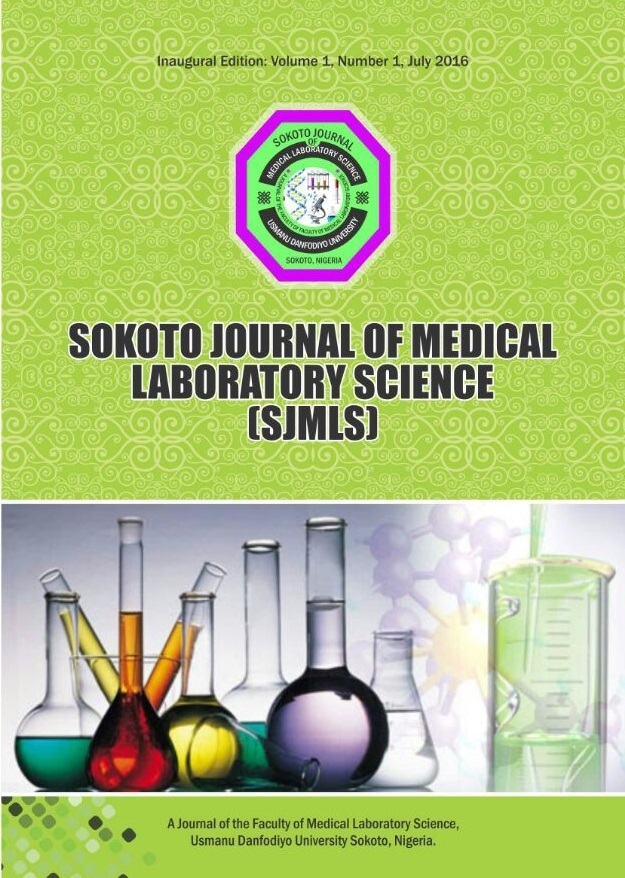Effect of Environmental Modification and Renewal on Prevalence of Parasitic Infections Among Primary School Pupils in Esan West Local Government Area of Edo State, Nigeria
Keywords:
Environment, Prevalence, Parasites, Pupils, EkpomaAbstract
Intestinal parasitic infections constitute a global public health challenge particularly among primary school pupils in developing countries. A total of 444 stool samples were collected from pupils aged 3 to 16 years in 2 urban and 2 rural primary schools to determine the prevalence of intestinal parasitic diseases in relation to environmental conditions of learning in Esan West Local Government Area of Ekpoma, Edo State, Nigeria. The stool samples were examined for evidence of parasitic infections by wet and concentration methods. Overall, the prevalence of intestinal parasitic infection was 27.9%. A prevalence rate of 15.8% was obtained for Hookworm, 5.9% for Ascaris lumbricoides, 2.5% each for Entamoeba histolytica and Trichuris trichura, 0.6% for Strongyloides stercoralis, 0.3% for Schistosoma mansoni, 0.2% each for Fasciolopsis buski and Enterobius vermiculari in descending order. Hookworm was the most prevalent parasitic infection in the study. The age group 8 -12 years had the highest prevalence of 16.2% and lowest 3.1% in the age group 13-16 years. The prevalence also varied significantly based on gender with females having a higher prevalence (15.3%) compared to males (12.6%). The Prevalence of 12.3%, 7.0%, 4.5% and 4.1% was observed for Uke non-renovated, Ihumudumu renovated in rural and Ujoelen non-renovated, Eguare renovated in urban primary schools respectively. There was a significant difference (p>0.05) in the prevalence of parasitic infection between rural (19.3%) and urban (8.6%) rural schools. Infection rate was highest in Uke primary school 55(53.9%) and lowest in Eguare primary school 18(6.7%). In spite of environmental modification, this study has shown that intestinal parasitic diseases remain a major public health care challenges in the study area.




